The 5 Types of Architectural 3D Rendering
If you're not new to this whole architectural rendering stuff, you know that this industry has evolved a great deal over the previous few years. There has been impressive progress in architectural rendering quality and improvements in techniques and tools 3D artists and designers use to create their projects. That being said, the abundance of 3D rendering tools might confuse you and leave you unable to find those that might suit your specific design needs or a particular project. But if you have an idea and are eager to transform it into reality, 3D visualization can be the best way to start your journey. And for this, you need to be familiar with different visual means of creating realistic-looking 3D images of your interior and exterior spaces. So, right now you can learn more about the five popular types of 3D architectural rendering and get some inspiration for your next project.
Exterior Rendering
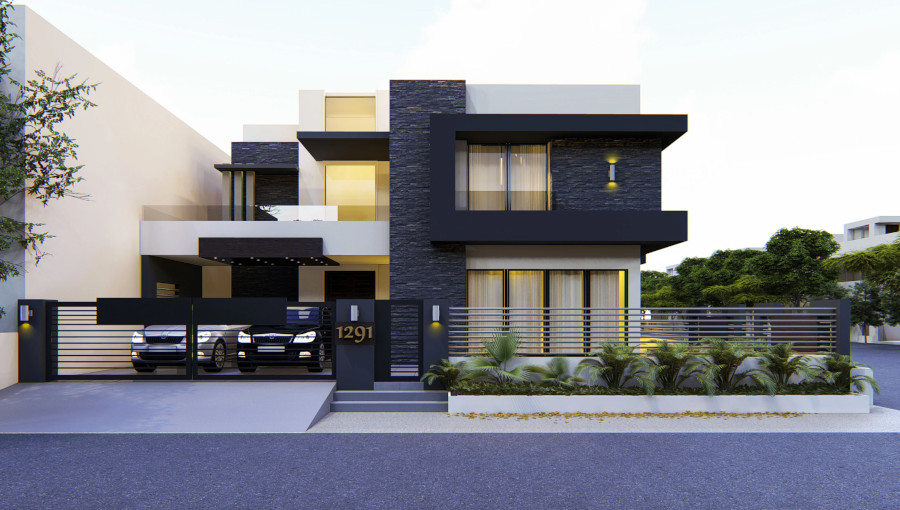
It's a rare 3D artist who has never heard of the exterior 3D rendering type which is commonly used by real estate agencies, engineers, and constructors that want to showcase the outside of their buildings to potential customers. Not only does external rendering help builders envision the end result of their hard work, but also goes a long way in attracting investors and understanding designs and architectural solutions better. The more accurate your rendering is, the better are the odds that your project will become a success and bring you desired profits. So, you'll want to elaborate your 3D visualization and pay special attention to seemingly minor or trivial details like surface shading, outdoor lighting, and even prospective lawn turfing. This all can help your investors delve deeper into the subtleties of your rendering and form a clearer view of what their future home will look like in real life. This type of rendering can also help architects make necessary improvements and incorporate changes in the project at the initial stages.
Thus, exterior rendering serves as an efficient tool wherewith you can effectively communicate your artistic vision and establish an important connection with the audience.
Interior Rendering
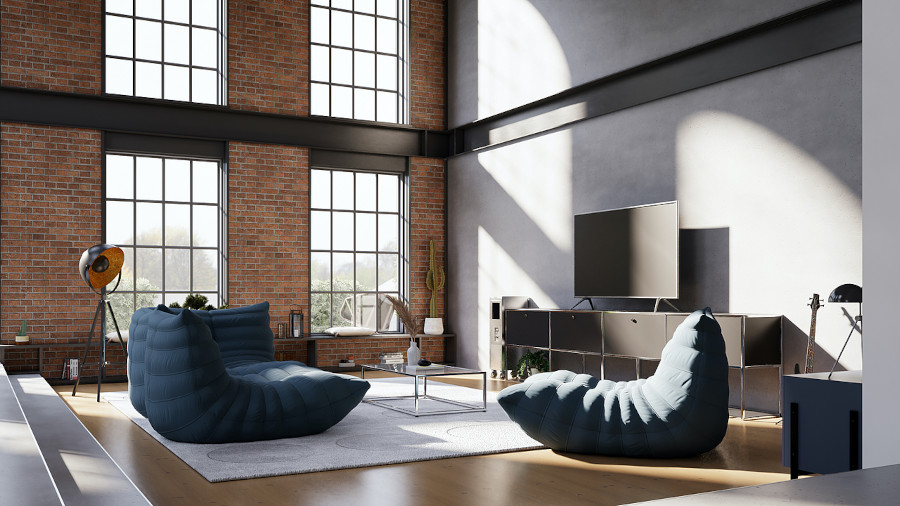
What's the point in enticing investors with eye-catching exteriors without providing a sneak peek into its interiors? So, it's critical for your project success that you be able to demonstrate a future home's interior space with an effective 3D visualization. Make sure to employ the best CGI tools available to initiate your customers into the mystery of foreseeing the future. Display the layout of the interior space and again don't forget about details. Let your customers experience the comfort and coziness of the space to the fullest by providing an accurate floor and wall plan. Try your best to showcase the colors, textures, and décor elements with your visualization. Carpeting, lighting, tiling, and other aspects of your interior masterfully conveyed via the 3D rendering is the best way to imbue otherwise empty and soulless real-estate objects with unique spirit and accentuate the character of the rooms.
3D Animation
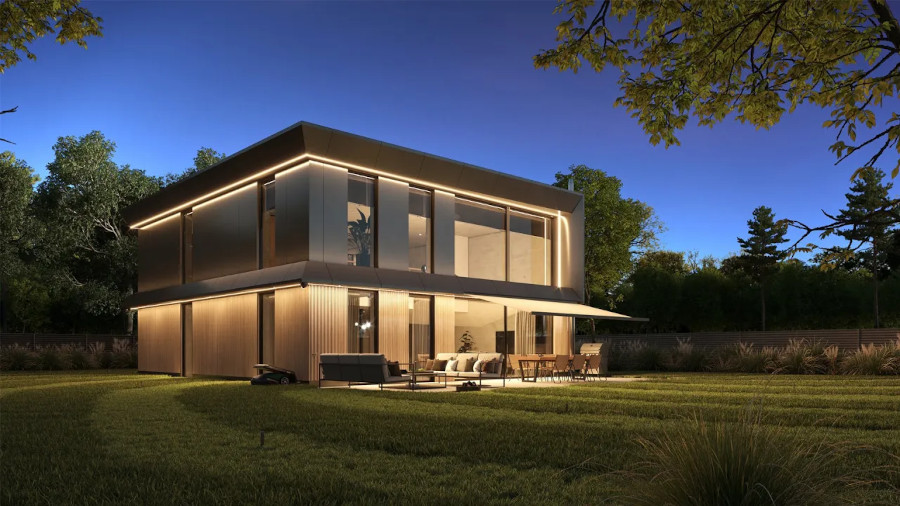
Among various 3D rendering types, 3D animation deserves our special attention. Unlike other popular rendering techniques that help an author to visually represent a still image of the future product, 3D animation helps create visualizations for those customers who tend to ask more questions. This type of rendering stimulates viewers' imagination by demonstrating every nook and cranny of residential or commercial property in the form of a short movie. And in this movie, every interior or exterior element plays its unique part and acts as the main plot.
The reason why building professionals and real estate agents like 3D animation is the ability to take clients on a virtual tour, which contributes more significantly to the imagination of potential customers. This rendering tool goes a long way toward covering every angle of your projected space and makes it possible for your audience to develop an emotional connection with what's being displayed.
CG Panoramas
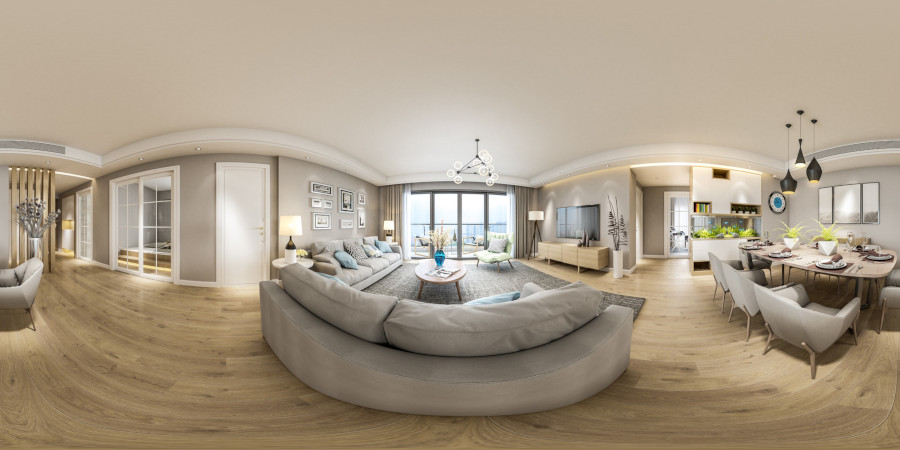
Though not as immersive and visually superb as its 3D animation counterpart, CG panorama can be an effective rendering technique that will help you wow your audience by offering them an interactive 360-degree experience in real time. This type of 3D rendering is commonly used today not only for attracting investors but also as a useful tool that helps identify and address possible issues that may get in the way of the project's success.
CG panorama is a more time-consuming and demanding rendering technique as it requires processing your still 2D panoramic image in order to transform it into its 3D version. Nevertheless, if you put enough time and effort into this undertaking, you'll be more than satisfied with the end result. You'll impress your customers with the highest possible level of immersive experience and make them fall in love with your property. Take your clients on a visual tour through your design with CG panorama and watch them sealing the deal.
Virtual Reality Tours
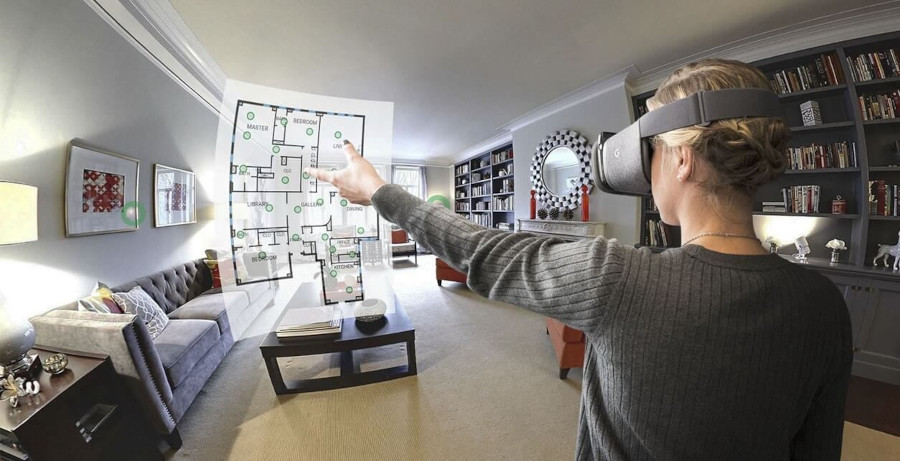
What better way to convince a client to make a purchase from you than by leading them through your offerings and at the same time showcasing their benefits? Virtual tours can be a win-win solution for those who want to impress their investors or prospective customers from the get-go. Such tours offer the most immersive experience that no other architectural 3D visualization type can match. VR tours afford both real estate professionals and customers more freedom and lots of room for creativity. If you don't skimp on VR 3D modeling software, you'll be able to put together a highly effective video promoting your residential real estate or commercial property to clients. You can add effective visual effects, text, captions, or music to your virtual tour video. What's also great about using VR tours in real estate and architecture is that this type of visualization leaves any incorporated feature open for further modifications or adjustments if the need arises.
Now that you have a better idea of modern architectural 3D rendering types, you can pick one or a few ones that can help you put together a successful visual representation of your future project and quickly entice your clients.